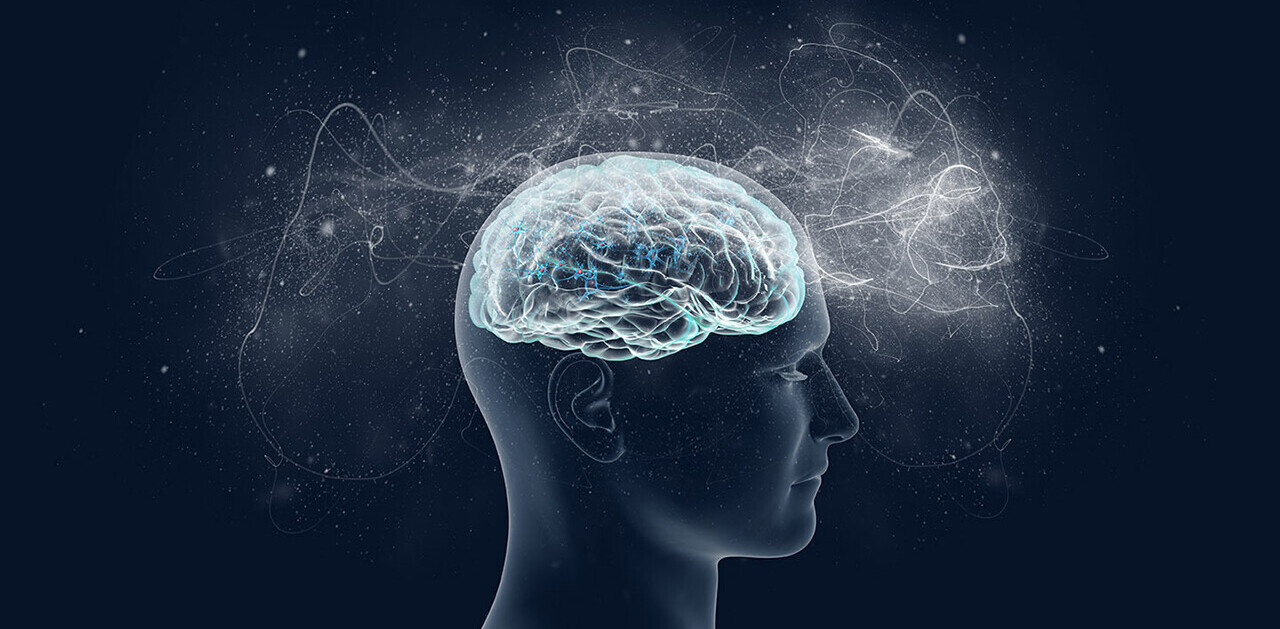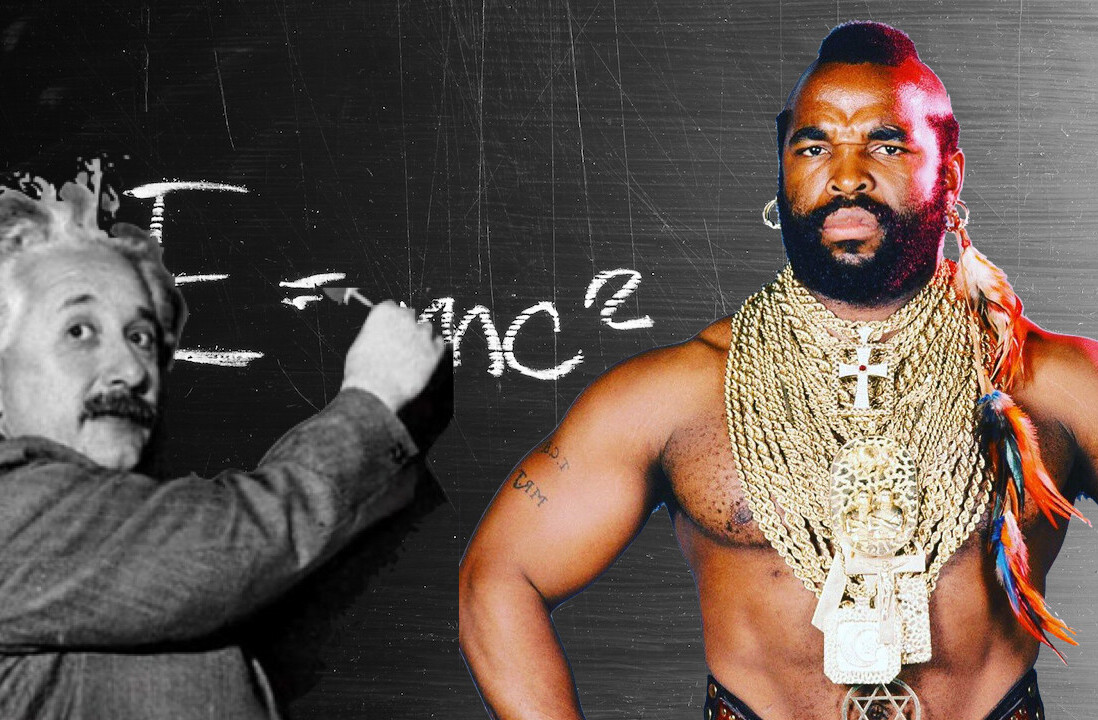
We’ve got computers inside of our smartphones that can perform massive calculations. An iPhone, for example, could oversee 120 million Apollo moon landing missions simultaneously. But you know what computers can’t do? 3D-print me a pizza or plant a tree.
Sure, we can use our devices to order a pizza or to sponsor a charity that plants trees. But the idea of a computer that could literally do anything is preposterous. Isn’t it?
Science fiction
The Star Trek universe has a machine called a “replicator,” that’s basically a 3D-printer for just about anything. The idea behind these fictional machines involves “protein restructuring.” Depending on the particular time period, replicators in Star Trek can perform functions ranging from recycling materials into useful objects all the way up to synthesizing almost any inanimate object by rearranging pure energy.
These devices are most commonly used, in the Star Trek universe, for printing meals and spare parts. However, they’re also plot devices that explain why the ships don’t need to carry vast quantities of food, water, and oxygen: they just make it as they go.
Science reality
Star Trek might not be that far off.
Scientists such as theoretical physicist Chiara Marletto believe such a device – a universal constructor – is not just possible, but could be the linchpin that unifies classical and quantum physics.
This isn’t a fly-by-night musing, but a serious thread of inquiry that theoretical physicists have been pulling for over a decade called Constructor Theory.
Constructor theory basically says the universe doesn’t necessarily operate under a set of ordained laws, but instead is controlled by what’s possible and what’s not possible.
Where things get interesting is in the idea that a universal computer – one that would be capable of running any calculation – would eventually lead to a universal constructor.
These devices would essentially be 3D-printers for reality. They’d literally be machines capable of performing any task.
Constructor theory defines a “task” as anything that can happen. This means a universal constructor would be able to create stars, planets, life, and pizza by tapping into the basic building blocks of matter.
How does it work?
This kind of theoretical physics isn’t about explaining reality. Constructor theory, ironically, is more about deconstructing long-standing “answers” to questions that remain open.
Where quantum physics tells us we can never know all things about an object, and classical physics tells us we can model objects as we observe them with relative ease, constructor theory tries to capture all the information about a “fact” and express it in the minimum number of necessary tasks for its existence to make sense.
In other words: when quantum physics shows us something we can’t reconcile with classical computations, constructor theory gives us a framework to figure out why something counterintiutitive is apparently factual.
But what does that really mean?
Of course, every so-called unification theory promises to bridge the gap between quantum physics and classical physics. This one is no different in that regard.
But what separates constructor theory is that it’s imagined as a direct technological paradigm. Proponents submit that a hypothetical “universal computer” is starting look more and more possible as we push the limits of quantum computing.
Eventually it’s possible we could scale quantum machines to a level of usefulness where the ability to run compute tasks is more dependent on the robustness of the algorithms running it than the amount of power we can muster.
When this happens, some scientists believe self-generating artificial intelligence paradigms running on machines featuring billions or trillions of qubits in action could sufficiently cross over into “universal computing” territory and be capable of running any and all possible compute tasks.
The next (and final) logical computer technology paradigm would then be that of universal computer capable of reproducing itself and, eventually, a machine that can perform any and all possible tasks.
If it turns out that constructor theory can withstand scientific rigor, we could one day wield machines capable of creating anything in the known universe by manipulating dark matter or some other exotic energy source.
Eventually we could create our own planets, stars, and even birth entire universes from our universal constructors. And, if that day comes, we’ll be forced to look up and wonder who’s responsible for the machine that made ours.
Get the TNW newsletter
Get the most important tech news in your inbox each week.





